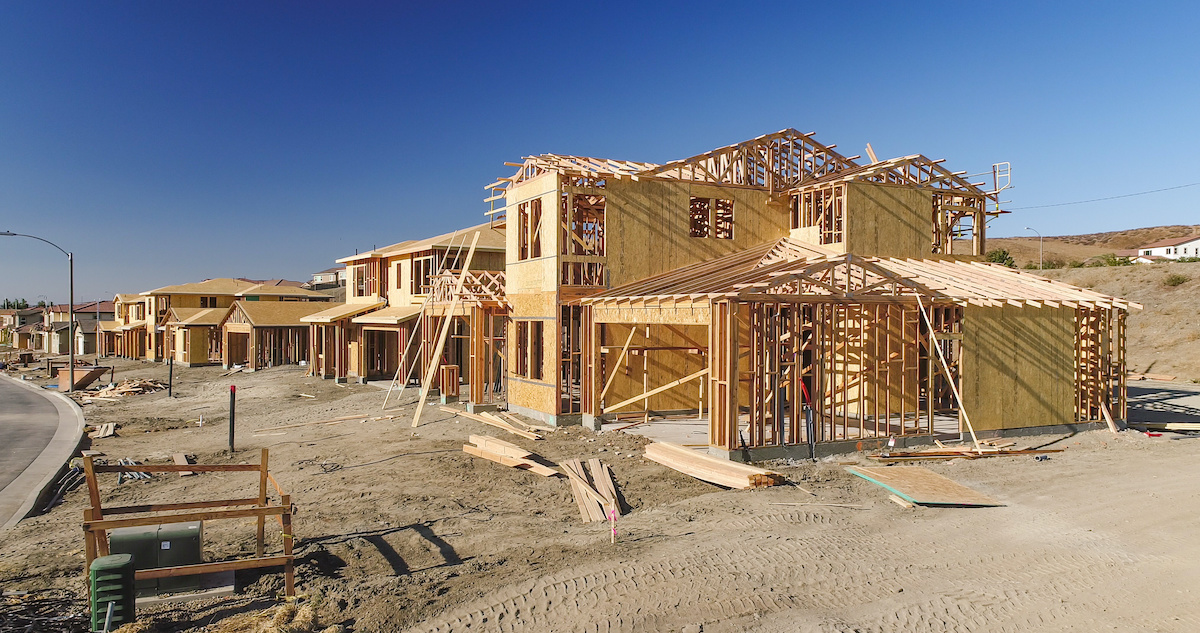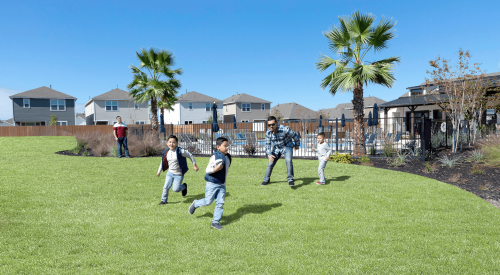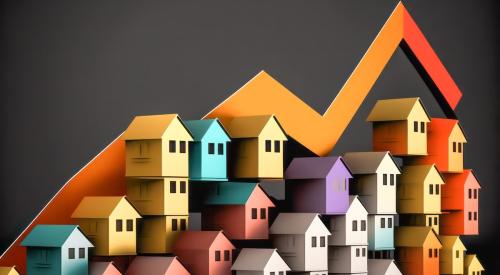Housing inventory may be low now, but the comparison between new construction and population growth reveals a trend of overbuilding, says Forbes. Housing starts were greater than population growth for 2020, which points toward an imbalance. Yet the balance will be restored as more Americans ditch their apartments and head for single-family homes, which will bring demand for housing up a bit more, says Forbes. Compared to population growth, home builders constructed new-homes at an exceedingly high rate between 2018 and 2020, with last year being the lowest population growth in 100 years.
This imbalance will ease, though, as multi-family construction will drop over the course of the year. The single family sector will see demand continue to grow as people move out of apartments, continuing to push up demand for standalone housing. If immigration returns, we’ll be glad we add the supply that we did in 2020—but that’s a big if.
Comparing total housing units built, both apartments and single family homes, with population growth helps to see gross imbalances. (Chart above.) For example, we clearly overbuilt from 2002 through 2006. Then we underbuilt relative to new demand because we had an excess supply left over from the boom years. Builders have been overbuilding from 2018 through 2020. This comparison is rough, though. Population change is measured from July 1 through the next July 1, but the building data are for calendar years. Demolitions and mobile homes are not counted in this simple comparison. But for big imbalances, the measure provides valuable information.













